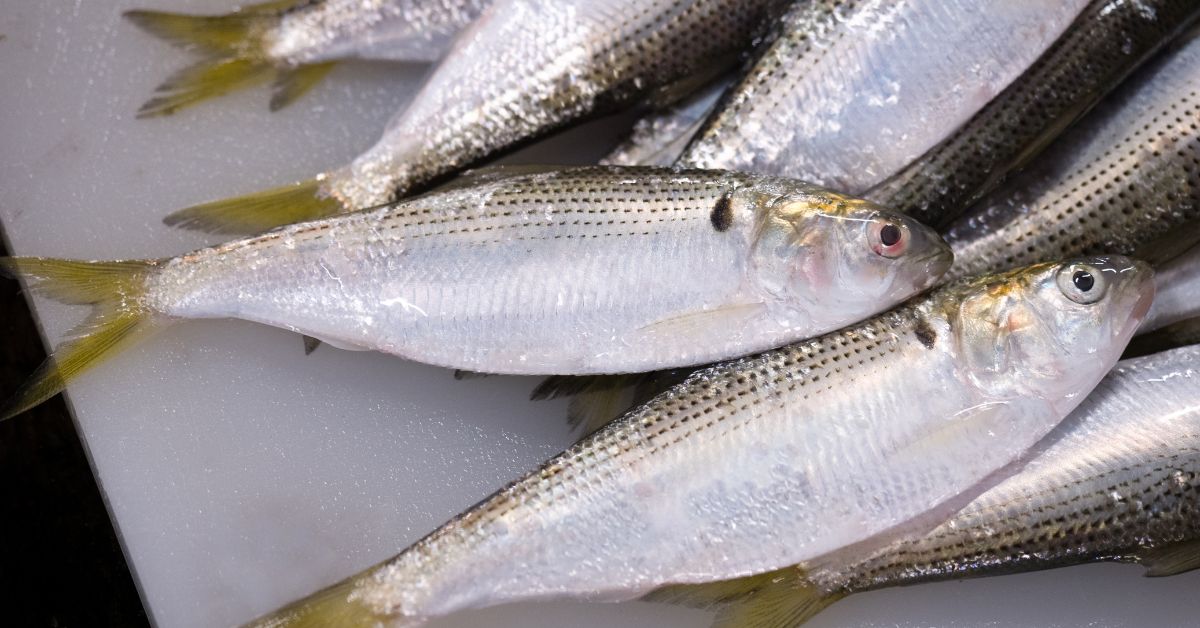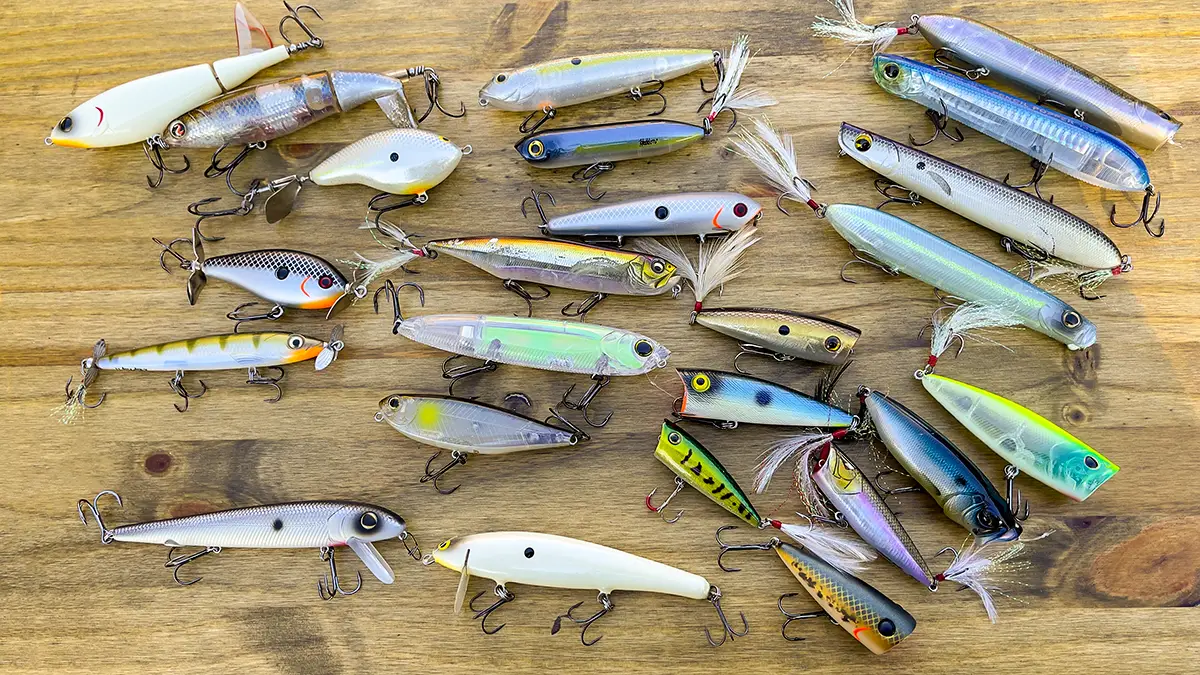Striped bass fishing is an art that combines understanding fish behavior, mastering various techniques, and adapting to changing conditions. Whether you’re a seasoned angler or a beginner, refining your approach to striped bass fishing can greatly increase your success. This guide delves into specific techniques, offering detailed insights into how to effectively target and catch striped bass.
Understanding Striped Bass Behavior
Before diving into specific techniques, it’s essential to understand the behavior of striped bass, also known as stripers. These fish are known for their migratory patterns, often moving between freshwater and saltwater environments. They are aggressive feeders, primarily preying on smaller fish, crustaceans, and other marine life. Striped bass are most active during low light conditions, such as dawn, dusk, and overcast days. Their feeding patterns can also be influenced by tides, water temperature, and seasonal changes.
Top Techniques for Striped Bass Fishing
Live Bait Fishing
Overview: Live bait fishing is one of the most effective methods for catching striped bass, as it closely mimics their natural prey.
Common Baits:
- Eels: Eels are a favorite among striper anglers, especially in the Northeast. They are hardy and can be fished in various conditions. Rigging eels on a circle hook and fishing them slowly near the bottom or around structures like rocks and drop-offs can yield excellent results.
- Bunker (Menhaden): Bunker is a top choice in coastal areas where they are abundant. They can be fished live or cut into chunks. Live bunker is particularly effective when fished in schools where stripers are actively feeding.
- Shad: Shad is another popular bait, especially in inland waters. It’s often used in lakes and rivers where striped bass are present.

Techniques:
- Drifting: When using live bait, drifting with the current or tide is a natural way to present the bait. This technique works well in both saltwater and freshwater environments.
- Anchoring: In areas with strong currents or when fishing near structure, anchoring and allowing the live bait to swim naturally in the current can be very effective. This method works particularly well when fishing in rivers or tidal areas.
Artificial Lures
Topwater Plugs: Topwater fishing for striped bass is exhilarating and effective during low light conditions. Plugs like poppers and walking baits are ideal for this technique. The key is to create a commotion on the water’s surface that attracts stripers. Cast the plug out and use a stop-and-go retrieve, mimicking an injured baitfish. This often triggers explosive strikes.

Soft Plastics: Soft plastic lures, such as swimbaits and jerkbaits, are versatile and can be fished at various depths. When fishing soft plastics, it’s important to match the size and color of the lure to the local baitfish. Using a weighted jig head, anglers can fish soft plastics near the bottom or in the mid-water column, depending on where the fish are holding.
Jigs: Jigs are highly effective for striped bass, especially in deeper water. Bucktail jigs, in particular, are a staple in any striper angler’s tackle box. They can be tipped with soft plastics or live bait for added attraction. The key to successful jigging is maintaining contact with the bottom while using a sharp, upward snap of the rod to mimic a fleeing baitfish.
Swimbaits: Swimbaits are excellent for targeting larger striped bass. These lures imitate the swimming action of baitfish and can be fished at various speeds. Slow, steady retrieves work well in colder water, while faster retrieves are more effective in warmer conditions.
Trolling
Overview: Trolling is a technique that involves dragging lures or bait behind a moving boat, covering a large area of water and different depths.
Best Setups:
- Umbrella Rigs: An umbrella rig mimics a school of baitfish, making it highly attractive to striped bass. These rigs often have multiple lures attached and are trolled slowly to entice strikes.
- Deep-Diving Plugs: These are effective when striped bass are holding deep. The depth can be controlled by the speed of the boat and the type of plug used.
- Wire Line Trolling: This method is used to get lures down deep, especially in strong currents. It’s particularly effective in areas like the Chesapeake Bay, where stripers hold deep during the summer months.
Techniques:
- Speed: The trolling speed is crucial and should be adjusted based on water conditions and fish activity. Generally, speeds between 2 to 4 knots work well for striped bass.
- Depth Control: Use weighted lures or add weights to your line to reach the desired depth where stripers are feeding. Downriggers can also be used for precise depth control.
Surf Fishing
Overview: Surf fishing for striped bass is popular along the Atlantic coast, where anglers cast from the shore into the surf.
Essential Gear:
- Rod and Reel: A long surf rod (10 to 12 feet) paired with a sturdy spinning reel is ideal for casting heavy baits or lures into the surf.
- Bait: Clams, bunker, and eels are commonly used in surf fishing. Cut bait is effective for larger stripers.
Techniques:
- Reading the Surf: Look for breaks in the waves, rips, and areas where water is deeper closer to shore. These are prime spots where stripers may be feeding.
- Casting Distance: The ability to cast long distances is often necessary to reach feeding fish. Using a pyramid sinker can help keep the bait in place in strong surf conditions.
- Lure Selection: When using lures, try heavy bucktails or metal lures that can be cast far and retrieved quickly. These lures mimic baitfish that are being washed out of the surf zone.
Fly Fishing
Overview: Fly fishing for striped bass is a challenging yet rewarding technique, often practiced in shallow waters or during the fish’s surface feeding.
Fly Patterns:
- Clouser Minnow: A versatile pattern that mimics small baitfish. It can be fished at various depths by adjusting the retrieve speed.
- Deceiver: This fly is effective when targeting larger striped bass. It mimics the profile of larger baitfish like herring or bunker.
Techniques:
- Casting: Accurate casting is crucial, especially when targeting specific areas like the edges of channels, around rocks, or near feeding fish. Long, smooth casts with a double haul technique can help cover more water.
- Retrieve: Striped bass are often triggered by erratic retrieves that mimic the movement of an injured baitfish. Experiment with different retrieve speeds and patterns until you find what works.
Night Fishing
Advantages: Striped bass are nocturnal feeders, making night fishing one of the best times to catch them. The cover of darkness also reduces fishing pressure, making the fish less wary.
Best Lures and Baits:
- Topwater Plugs: Plugs that create a lot of noise and surface disturbance are effective at night. Black or dark-colored lures are often more visible to fish against the night sky.
- Live Bait: Live eels or bunker work well at night, particularly when fished slowly near the bottom.
Techniques:
- Spot Selection: Focus on areas with structure like bridges, piers, and docks, where stripers are likely to hunt under the cover of darkness. These areas often have lights that attract baitfish, drawing in the stripers.
- Slow Retrieval: At night, a slower retrieve can be more effective, giving the fish more time to locate and strike the lure.
Advanced Techniques and Tips
Reading Water Structure
- Identifying Productive Spots: Striped bass often hold around structures like rocks, ledges, and submerged vegetation. These areas provide cover and attract baitfish, making them prime fishing spots. Learn to read your environment and look for changes in water depth, current breaks, and areas with visible baitfish activity.

- Tides and Currents: Understanding how tides and currents affect striped bass behavior is crucial. Fishing during the changing tides, especially the incoming tide, can lead to better success as stripers often move closer to shore or into shallower areas to feed.
Using Electronics
- Fish Finders: Modern fish finders are invaluable tools for locating striped bass, especially in deep water or large bodies of water like lakes and bays. Learn to interpret sonar readings to distinguish between baitfish and larger predator fish.
- GPS and Mapping: GPS units with detailed maps can help you navigate and pinpoint specific fishing spots, such as underwater humps, drop-offs, and channels where striped bass are likely to be found.
Adapting to Conditions
- Changing Tactics: Striped bass are highly adaptable and can be found in various conditions, from calm lakes to rough surf. Adjust your tactics based on the environment. In rough surf, heavier gear and strong tackle are necessary, while in calm lakes, finesse techniques may be more effective.
- Seasonal Adjustments: During colder months, stripers often move to deeper, warmer waters. Techniques like deep trolling or jigging become more effective. In warmer months, early morning and late evening fishing is more productive.
Common Mistakes to Avoid
- Overlooking Environmental Cues: Pay close attention to environmental factors like tides, wind, and water temperature. These cues often dictate where striped bass will be feeding.
- Using the Wrong Gear: Match your gear to the conditions and the size of the fish you’re targeting. Using tackle that is too light or heavy can reduce your chances of landing fish.
- Failing to Adjust Techniques: Be prepared to change your approach if you’re not getting bites. This might mean switching lures, adjusting your retrieve, or moving to a different location.
Mastering the techniques for striped bass fishing requires knowledge, practice, and the ability to adapt to different conditions. Whether you’re using live bait, artificial lures, or trolling, understanding how to effectively target striped bass will greatly enhance your fishing experience. By paying attention to environmental cues, using the right gear, and continuously refining your techniques, you’ll increase your chances of success and enjoy the thrill of landing this prized game fish

Robert Smith is the proud owner of Bait Barrels and Bows, a premier fishing sports store established in 1989. With over three decades of experience in the industry, Robert has honed his skills to become an expert angler, sharing his vast knowledge and passion for fishing with enthusiasts around the world. Through his store and writings, Robert provides invaluable tips and guidance, helping both novice and seasoned anglers improve their techniques and enjoy the sport to its fullest. His commitment to the fishing community is evident in his dedication to quality products and excellent customer service.

